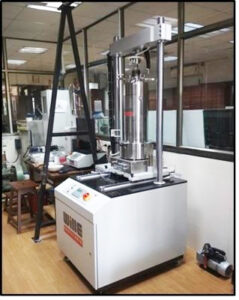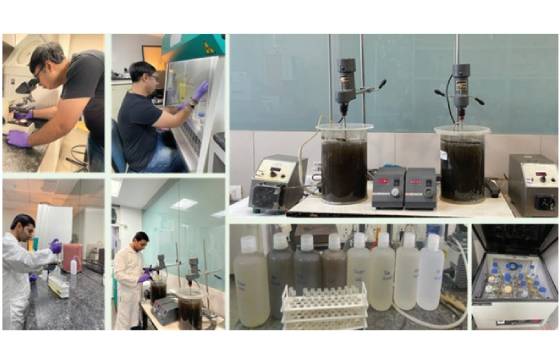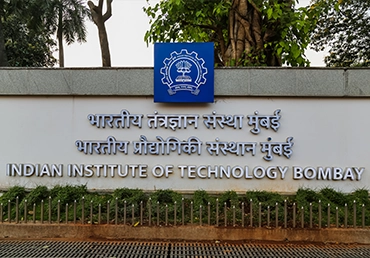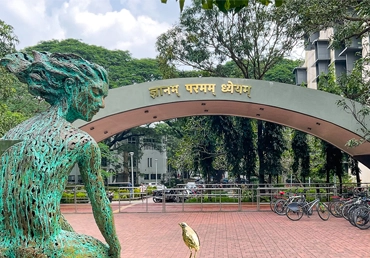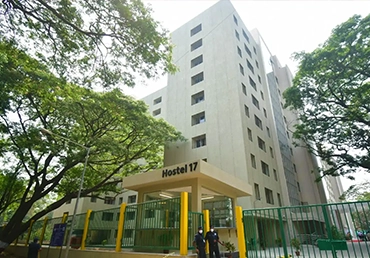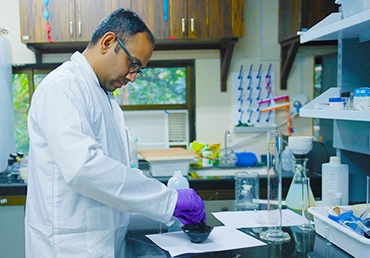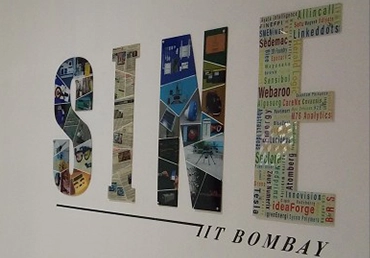Vision
Facilitate collaborative work beyond company boundaries to address current challenges leading to solutions for the future.
Mission
- Identifying areas of challenge beyond company boundaries and are of national importance
- Translation of potential laboratory research to field prototyping and developing implementation-ready technology through collaboration with professionals from PSUs
- Indigenous and globally competitive technology development in the emerging business ecosystem driven by climate change and energy transition
- Reskilling and upskilling of PSU professionals and capacity building
Salient Features
- The uniqueness of CoE-OGE is defined by its well-structured governance and the different level of interactions with the PSUs facilitated through IIT Bombay’s various channels of activities such as brainstorming workshops/ seminars/working groups/conclave/ PSU visits/requirements from PSUs/MoPNG projects of national Importance etc. These interactions engage both IIT Bombay faculty & PSU personnel to brainstorm, deliberate & discuss, strategise, and come up with approaches to identify collaborative projects & futuristic research work.
- Through the various ongoing and proposed projects in the pipeline, IIT Bombay hopes to align with the priorities of MoPNG namely energy access, energy efficiency, energy sustainability, and energy security.
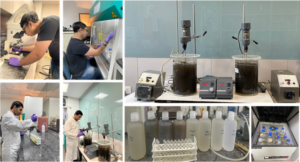

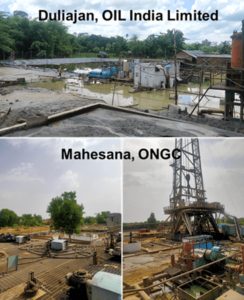
Wastewater Treatment
